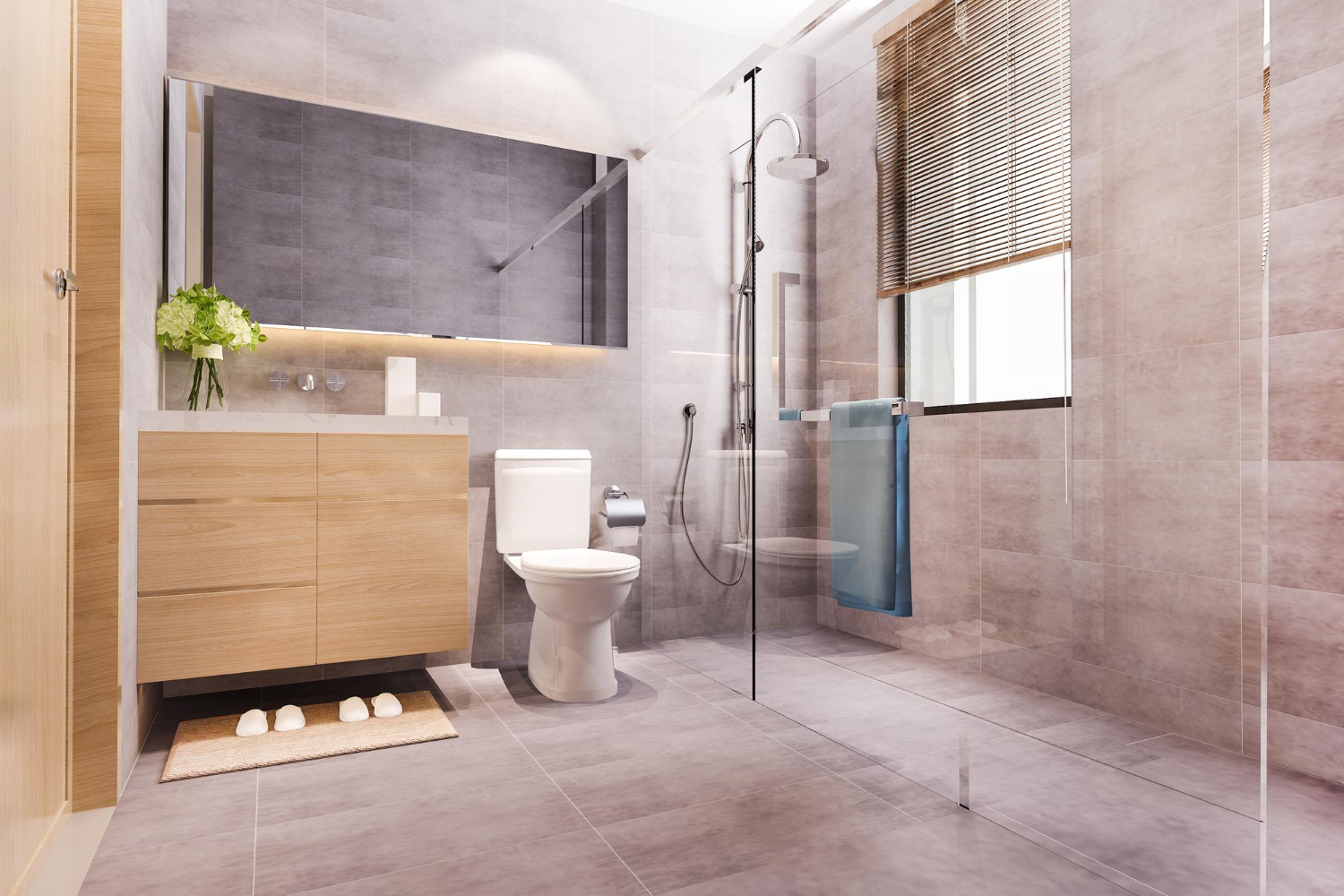 Apr 22, 2025
Apr 22, 2025
You probably don’t give your toilet much thought, unless there’s a problem that needs to be fixed. But there are little-known facts about toilets that most people don’t realize. From design features you’ve never noticed to flushing mechanics that impact your utility bill, there’s more to your toilet than meets the eye. In this blog post, the plumbers at Rooter Man Plumbing outline the top five things you probably do not know about your toilet.
If you ask the average person to name the dirtiest surface in their home, they’re likely to mention the toilet seat or the garbage can. But surprisingly, many of the dirtiest places in your home are the ones you touch every day without a second thought—like doorknobs, light switches, remote controls, or even your kitchen sponge. These high-touch areas can harbor more bacteria and germs than you might expect, making them potential hotspots for spreading illness. It’s important to clean all surfaces on a regular basis to prevent the buildup of harmful microbes.
Different toilet bowl shapes and trapway designs are engineered for different flushing styles and waste removal efficiency. For instance, the skirted trapway and dual-flush trapway designs are most associated with water conservation in toilets. The siphon jet trapway is designed to maximize flushing force by using a jet of water aimed directly into the trapway to quickly initiate the siphoning effect. Similarly, the pressure-assisted trapway uses pressurized air to force water into the bowl with greater velocity. The choice you make depends on your priorities—whether you’re concerned about saving water, achieving powerful flush performance, and maintaining an easy-to-clean look. It’s a good idea to consult with a skilled plumber specializing in toilet installation for professional guidance.
Nearly everyone closes the toilet lid after they flush, but this is not the right sequence if you’re aiming for better hygiene. It’s advisable to close the toilet lid before flushing to reduce the spread of airborne bacteria and viruses, often referred to as the "toilet plume." The cloud of invisible water droplets can travel several feet and contain bacteria, viruses, and other germs from the toilet bowl. Make it a habit to close the lid before flushing for better hygiene in your bathroom.
Toilets account for a substantial portion of your household's water usage, often as much as 30%. Older toilets can use up to 5 gallons per flush, while more efficient models use as little as 1.28 gallons. If you have an older toilet, it’s best to switch to a more water-efficient model that can help you save money on your water bill. Look for toilets labeled "WaterSense" or "EPA-approved" for models that meet water-saving standards.
There are plenty of options available to meet your needs. For example, if you want to conserve water, you can opt for a dual-flush toilet, which allows you to choose between a low-volume flush for liquid waste and a higher-volume flush for solid waste. If you’re looking for comfort, consider a toilet with a heated seat or an adjustable height to accommodate various needs. Some models are designed for quieter operation or enhanced bowl cleaning to keep your toilet cleaner for longer. We recommend you consult with a professional plumbing repair service in University Place, WA if you need help with selecting the right toilet for your home.
Rooter Man Plumbing takes pride in offering professional toilet plumbing services in residential and commercial properties. From toilet replacement to clog removal, toilet leak fix, and new installations, we’ve got you covered.